Saptha Matrikas and Devi
The arrangement and display of colourful dolls (gombe) is very much a part of the festivity and celebration of Navaratri in the Mysore region. The children take great delight in dressing up the dolls and in innovating new themes each year.
Since Navaratri is primarily the celebration of Mother’s Glory, her images are prominently displayed. Here is a most delightful collection of traditional deities –Saptha Matrika, a set of seven aspects of Devi, comprising: Brahmi; Chandika; Indrani; Kaumari; Maheshwari; Varahi and Vaishnavi. Please also see the Devi Mantapa and the silver idol of the Devi meant for daily worship. I trust you will enjoy the Gombe display on screen.
[ I gratefully acknowledge the delightful source of the Gombe-s, the Ramsons Kala Pratishtana, Mysore.
Shri R.G. Singh writes :
I am delighted to see these pictures of ‘Bombe Mane 2008’ here. It was in 2008 that we at Ramsons Kala Pratishtana had put up this Sapta Matrika display at the Bombe Mane exhibition at Pratima Gallery, in front of Zoo, Mysore. I am also delighted with the positive response to our display. You can read more about Bomabe Mane athttp://bombemane.blogspot.in ]
Brahmi Chandika
Indrani Kaumari
Maheshwari Varahi
Vaishnavi Devi silver idol for daily worship
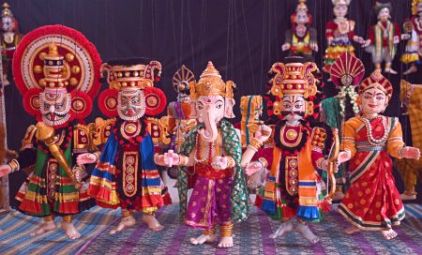


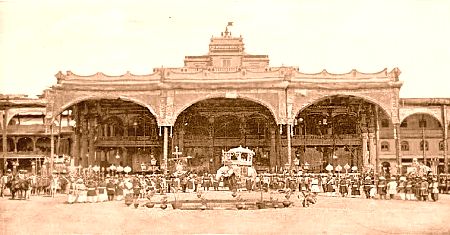


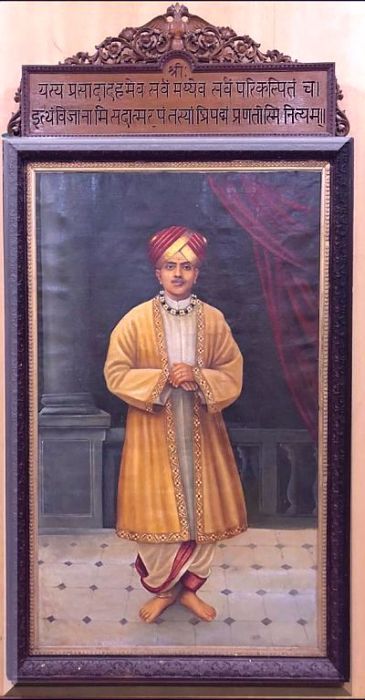
MYSORE DUSSEHRA Ca. 1900 (Painting by Alfred Bastien ,Academy of Brussels)
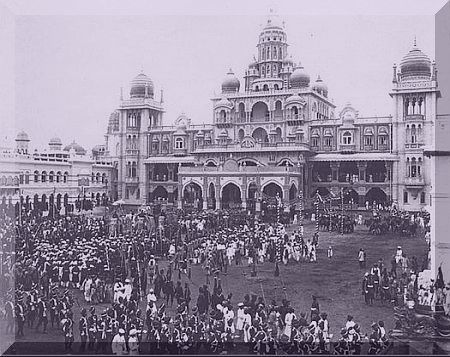
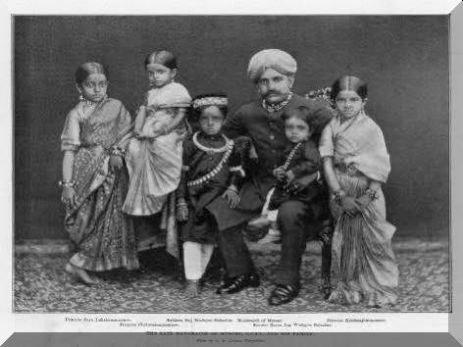

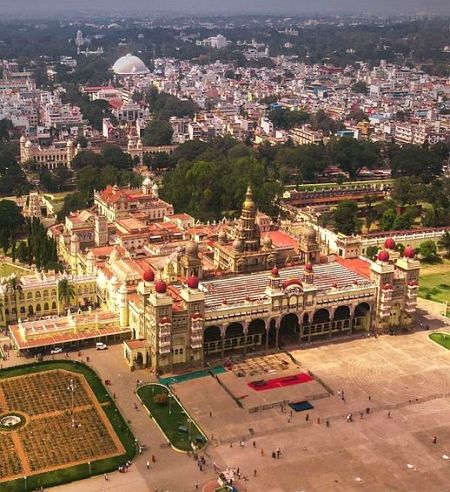
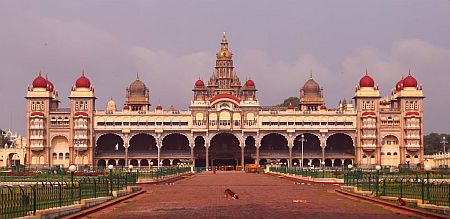

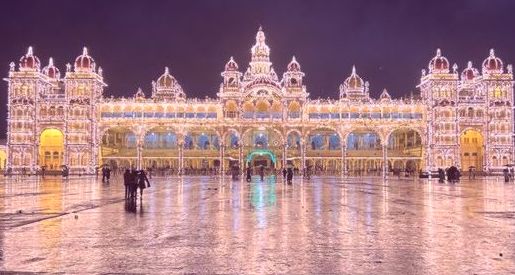
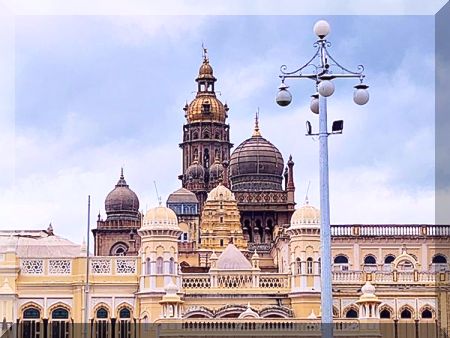
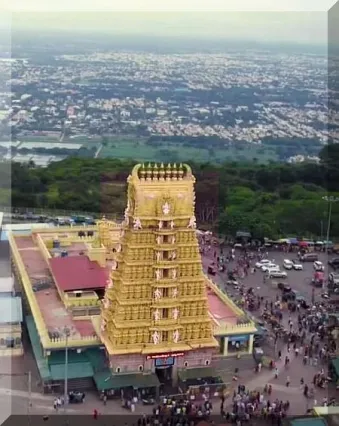
All pictures are from Internet




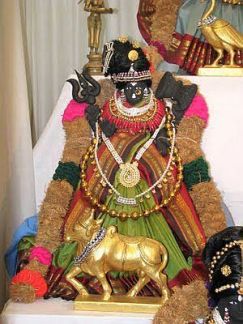


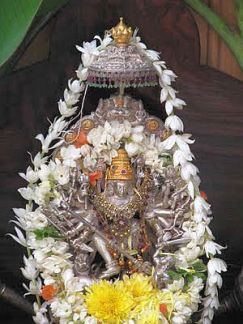





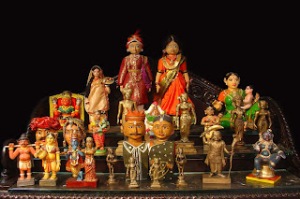
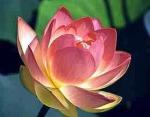
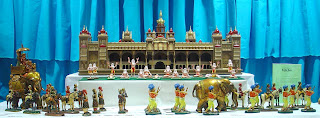
Lalitha
January 22, 2013 at 6:51 pm
Can we have a picture of Saptamatrika’s in the house? We have one with all the seven devi’s on their respective vahana’s. Do we need to to do any special pooja’s?
Thank you,
sreenivasaraos
March 18, 2015 at 4:13 am
While not directly connected, please elucidate the significance of Sri Chakra and Devi Sri Narasimhi.
Sribilash
sreenivasaraos
March 18, 2015 at 4:14 am
Dear Sribilash, Welcome. Narasimhi with a lion face is at times reckoned as one of the Matrikas, either in place of Chamunda or as the eighth Matrika. She is believed to be an aspect of Lakshmi who pacified the ferocious Narasimha. But, as Matrika she is regarded as an independent deity; and not as a female counterpart of Narasimha. In Devi Mahatmya, Narasimhi accompanies Devi in the fight against Demons Shumbha and Nishumba. There Narasimhi is described as a ferocious warrior:
20. Narasimhi arrived there, assuming a body like that of a Narasimha, bringing down the constellations by the t
37. Narasimhi, filling all the quarters and the sky with her roars, roamed about in the battle, devouring other great asuras torn by her claws.
Narasimhi is sometimes identified with Pratyangira who is endowed with four arms and a face as terrible as that of a lion. Her hair stands erect on her head. In her hands she holds a skull, trident, kettledrum and the noose (nagapasa). She is seated on a lion and by her power destroys all enemies .I
I understand that the image of Narasimhi can be seen in the temple at Aivar Padi near Kumbakonam. There is a well sculptured image of Pratyangira Tiruchchengodu.
Again, Pratyangira is also said have sprung from the wings of Lord Sharabesha.
As regards Srichakra, its structure, significance etc, I had earlier written ,in fair detail, as part of my articles on Sri Mutthuswami Dikshitar and Sri Vidya. Please click here – Sri Chakra and Sri Vidya 5 of 7 – and follow the links.
Regards
sreenivasaraos
March 18, 2015 at 4:15 am
SREENIVASA
Beautiful images of the Goddess mother.
Yes I enjoyed the Gombe display and it gave me so much peace and tranquility seeing them.
Thanks for putting them up
Sreenivas wish you and your family a very happy Dassera and may Goddess grant all health wealth and happiness to you and your family
Regards
Vijay
sreenivasaraos
March 18, 2015 at 4:16 am
Dear Shri Shastry, Thank you for asking. I had earlier written the following paragraph on that in response to a comment of Shri DSampath. Please do read on.
Matrikas, the mother – like figures, usually, are seven in number but in Tantra and certain other traditions in India, Nepal and tibet they might be eight or nine. Sometimes there is variation in the names of these mother-like deities.
The reason for such variations appears to me, might be that the matrikas were essentially of folk origin; and each tradition had its favorite set of female deities.
Another explanation is that, their number is determined in the structure of the devanagari alphabet. First is the (a) group which contains the vowels, then the (ka), (cha), (ta), (ta), (pa), (ya) and (ksha) groups. The seven mother goddesses (saptamatrikas) correspond to the seven consonant groups; when the vocalic (a) group is added, the eight mother goddesses (ashtamatrikas) are obtained.
There is also a theory which suggests that the group of seven females depicted on indus valley seals, represents saptha matrikas.
It was perhaps during the era of puranas and the age of the Guptas that the matrikas were associated with Skanda.the powerful images of seven mothers- like figures start appearing as saptha matrikas who sucked and brought up Skanda.
Two kinds of representations were made during the gupta period – in groups as benevolent or menovelent; and individually as only benevolent.
The matrikas assume great importance in shaktha sect and in sri vidya too; where they are seen as assisting the great mother in her fight against demons and evil influences.
The tradition of the matrikas is particularly strong in the villages of tamil nadu where they are the forest dwelling shakthis called saptha kannis living in trees, crossroads, caves and funeral grounds; and they are terrible as well as beautiful.( i think , there is a big temple for varahi in tanjavur.)
Brihat samhita of Varaha mihira (6th century) mentions that the “mothers are to be made with cognizance of gods corresponding to their names.” Thus, Vishnu comes along with his counterpart in Vaishnavi, Maheshwara in Maheshwari, and Brahma in Brahmi; and so on. They are depicted as protectors and benevolent mothers. They are armed with the same weapons, wear the same ornaments, and ride the same Vahanas and carry the same banners as their corresponding male deities. Only Chamunda stands on her own.
They became quite popular by the sixth century and a standard feature in Devi and Shiva temples from the ninth century onwards. There are as many as four depictions of the sapta matrikas in the Kailasanath temple at Ellora (sixth century).the matrikas are depicted as benign, sensuous, elegant, tender, beautiful yet haughty and grand. Kumari is depicted with child skanda on her lap and varahi is depicted with a human head, rather than the usual boar one. Varahi enjoys a special position in sri vidya. She is the commander-in – chief and also the confidant of the mother goddess.
the saptamatrkas are generally carved in relief on a rectangular stone slab in the sequential order of Brahmani, Maheshvari, Kumari, Vaishnavi, Varahi, Indrani and Chamunda, being flanked by two male figures – a terrible form of Shiva –Virbhadra and his son Ganesha, on either sides (first – on their right and last – on their left). That might be intended to control and subdue the menovelent aspects or influences of some the matrikas.
The Sapta –Matrika panels are usually etched on the niche of most ancient temples. The following one from Beluru is very ornate.
Figures in order from left to right: Virabhadra, Brahmani, Maheshvari, Kaumari, Vaishnavi, Varahi, Indrani (Aindri), Chamunda.
Regards
sreenivasaraos
March 18, 2015 at 4:17 am
Divine pictures…Your presentation is also, in my mind , a befitting celebration of the Mother Goddess – a reality many patriarchal societies and religious systems have tried to deny but which is being revived through the Gaia and other revivalist movements in the west…The Divine Mother is a reality that Hinduism radiates forth to the world..
Raj Armugam
sreenivasaraos
March 18, 2015 at 4:19 am
Dear Raj, Thank you for a beautiful comment. Yes, as you said, in many systems of beliefs the Mother Goddess is the source of all existence. . She is that power which resides in all life as consciousness, mind, matter, energy, silence, joy as also disturbance and violence. She is the vibrant energy that makes everything alive, fascinating and wonderful. She is inherent in everything and at the same time transcends everything.
Regards
sreenivasaraos
March 18, 2015 at 4:19 am
I am delighted to see these pictures of ‘Bombe Mane 2008’ here. It was in 2008 that we at Ramsons Kala Pratishtana had put up this Sapta Matrika display at the Bombe Mane exhibition at Pratima Gallery, in front of Zoo, Mysore. I am also delighted with the positive response to our display. You can read more about Bomabe Mane at http://bombemane.blogspot.in
R.G. Singh
sreenivasaraos
March 18, 2015 at 4:20 am
The ‘Bombe Mane 2011’ had a display of Navadurga in the Tuluva bhoota doll tradition. You can see them at http://bombemane.blogspot.in
R.G. Singh
sreenivasaraos
March 18, 2015 at 4:20 am
Dear Shri Singh , Pardon me for the delay in responding. I am delighted you, in particular saw this.
This post is like carrying water back to the river.I am gratified that you read and appreciated. Thank you.
I shall surely check the you provided.
Regards